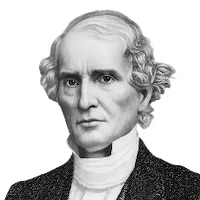Verse of the Day
Author Spotlight
Loading featured author...
Report Issue
See a formatting issue or error?
Let us know →
Verse Takeaways
1
A Precise Historical Detail
Commentators note that this verse is not a random agricultural detail. By stating that the barley was in the ear and the flax was in bloom, the text provides a specific time marker, placing this plague in late winter (around February). This detail highlights the historical nature of the account and underscores the economic devastation, as flax was vital for linen (used by priests) and barley was used for food and drink.
See 2 Verse Takeaways
Book Overview
Exodus
Author
Audience
Composition
Teaching Highlights
Outline
+ 5 more
See Overview
Commentaries
5

Albert Barnes
On Exodus 9:13–34
18th Century
Theologian
With the plague of hail begins the last series of plagues, which differ from the former both in their severity and their effects. Each produced a t…

Charles Ellicott
On Exodus 9:31
19th Century
Bishop
The flax and the barley was smitten.
Flax was grown extensively in Egypt, as linen garments were commonly worn by …

John Calvin
On Exodus 9:31
16th Century
Theologian
And the flax and the barley. He relates the calamity which the hail inflicted; and shows that a part of the fruits of the earth was destro…
Go Ad-Free
Go ad-free and create your own bookmark library

John Gill
On Exodus 9:31
17th Century
Pastor
And the flax and the barley was smitten With the hail, thunder, and lightning, and were beat down, bruised, broken, and b…

Matthew Henry
On Exodus 9:22–35
17th Century
Minister
Woeful havoc this hail caused: it killed both men and cattle. The grain above ground was destroyed, and only that which had not yet come up was pre…